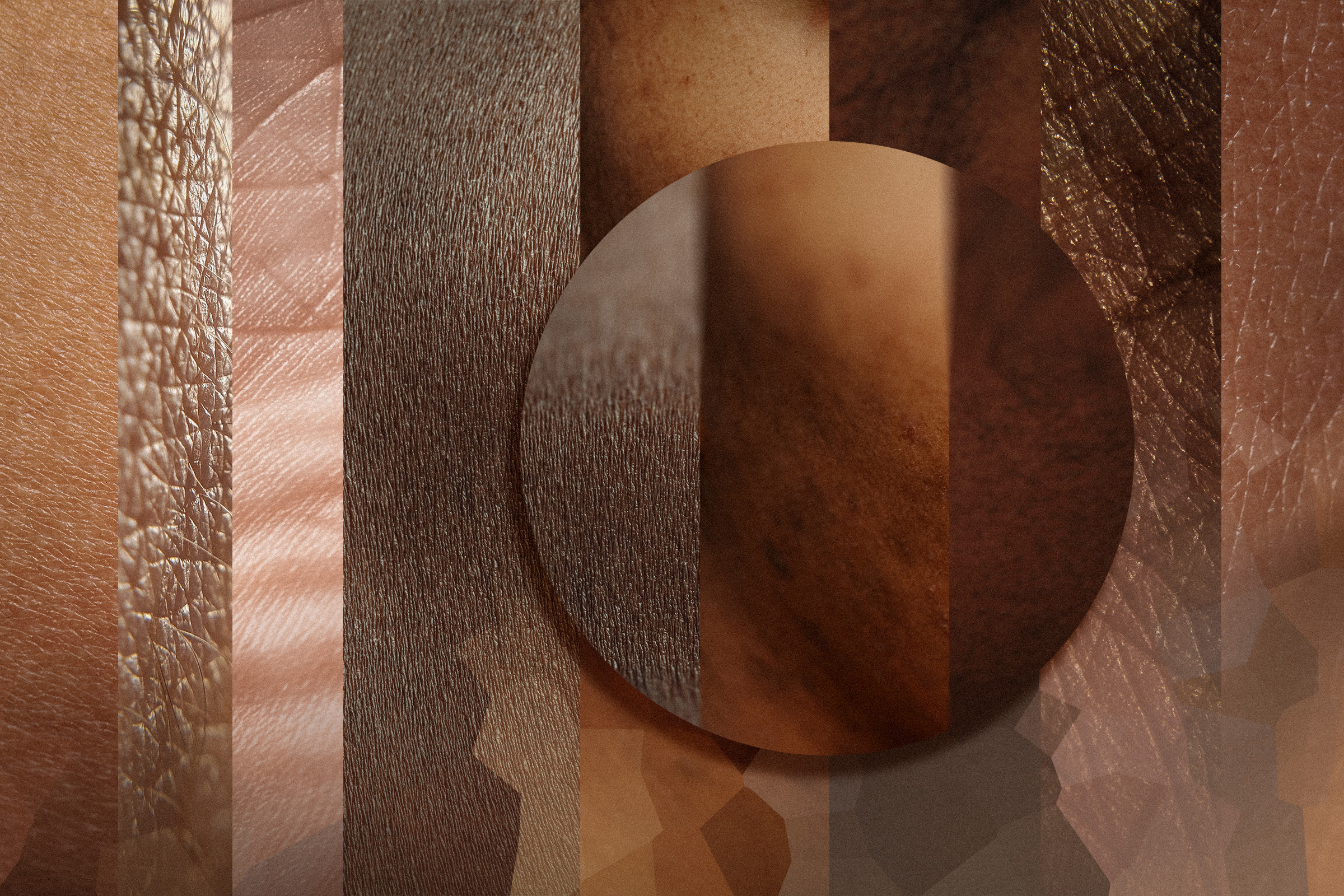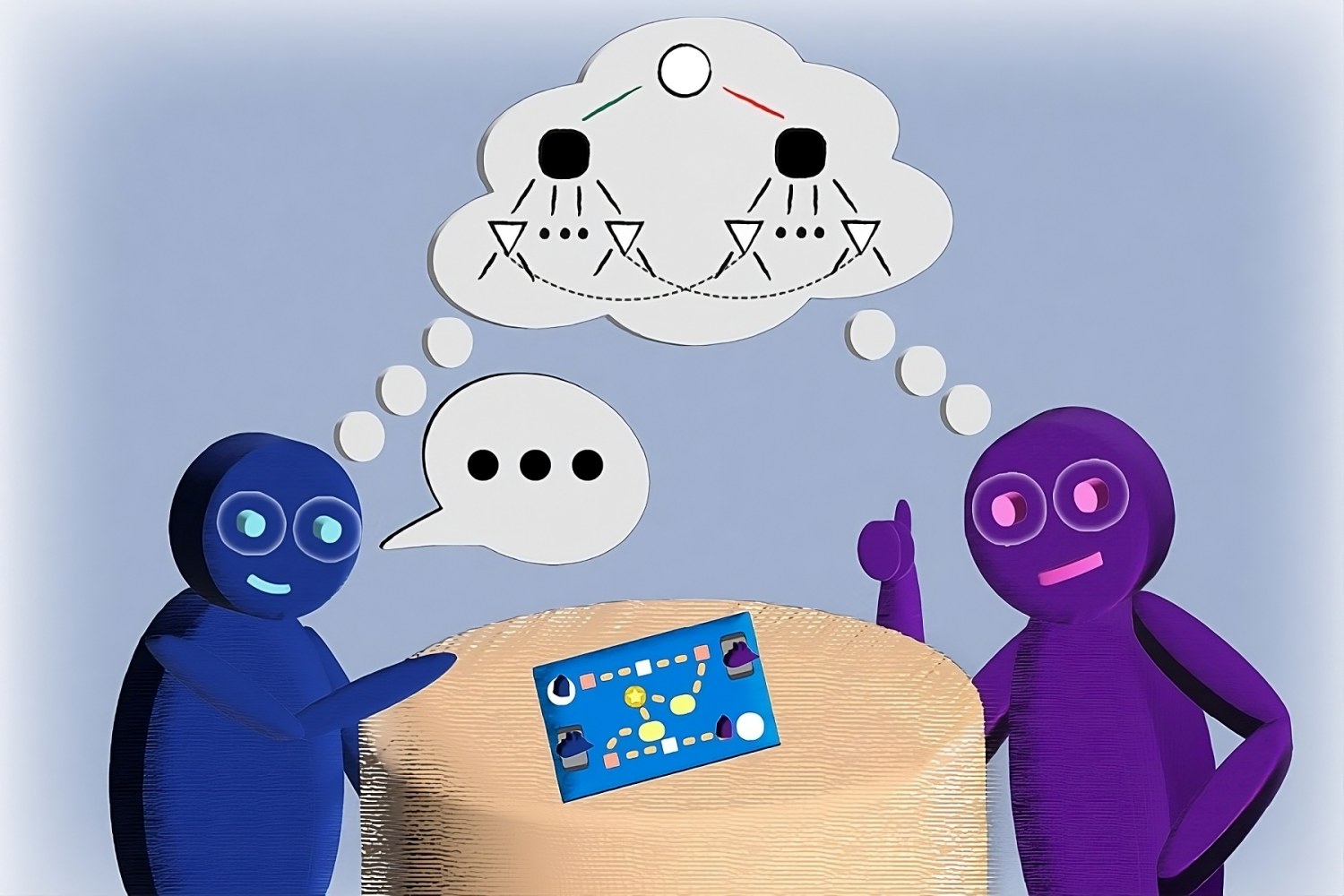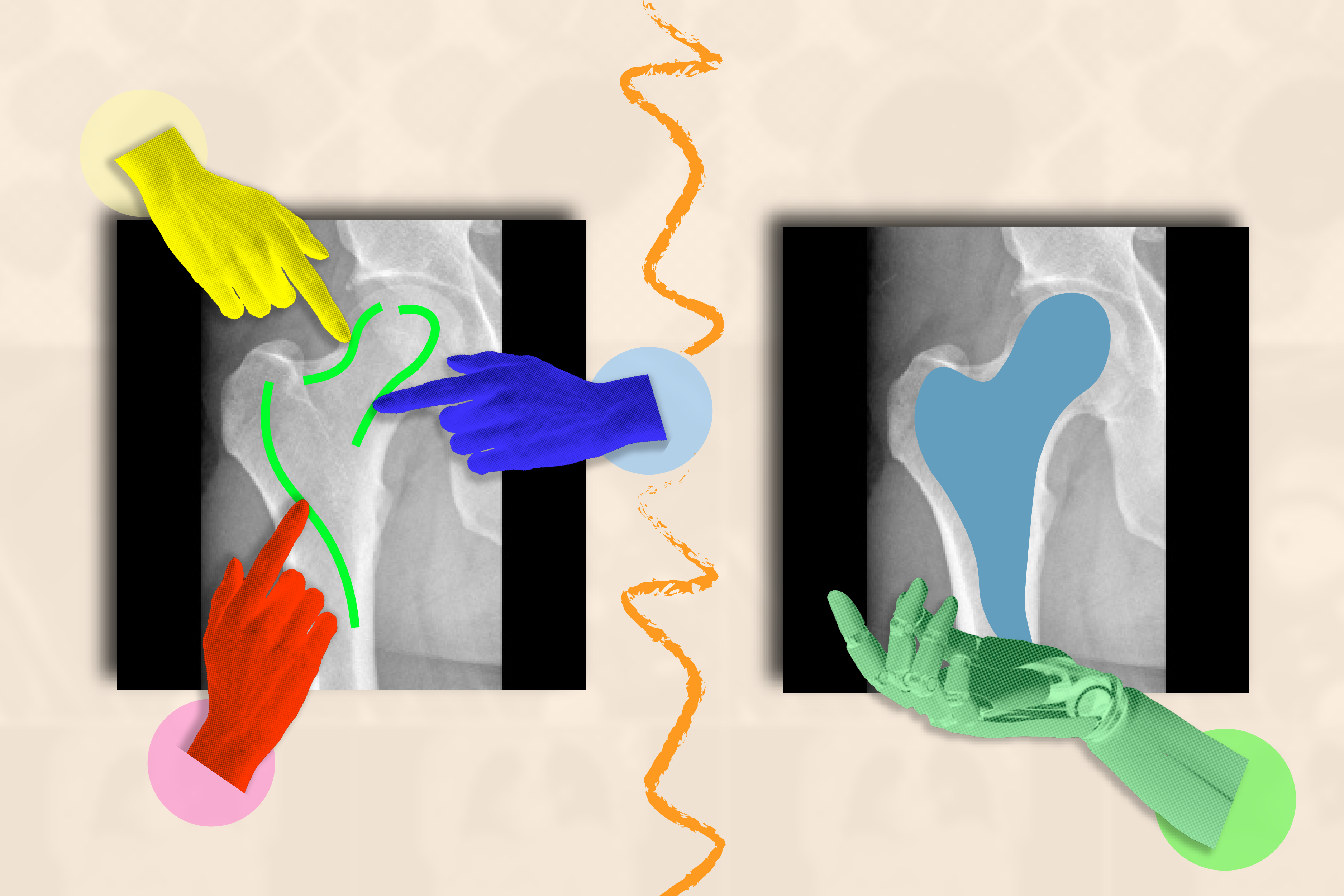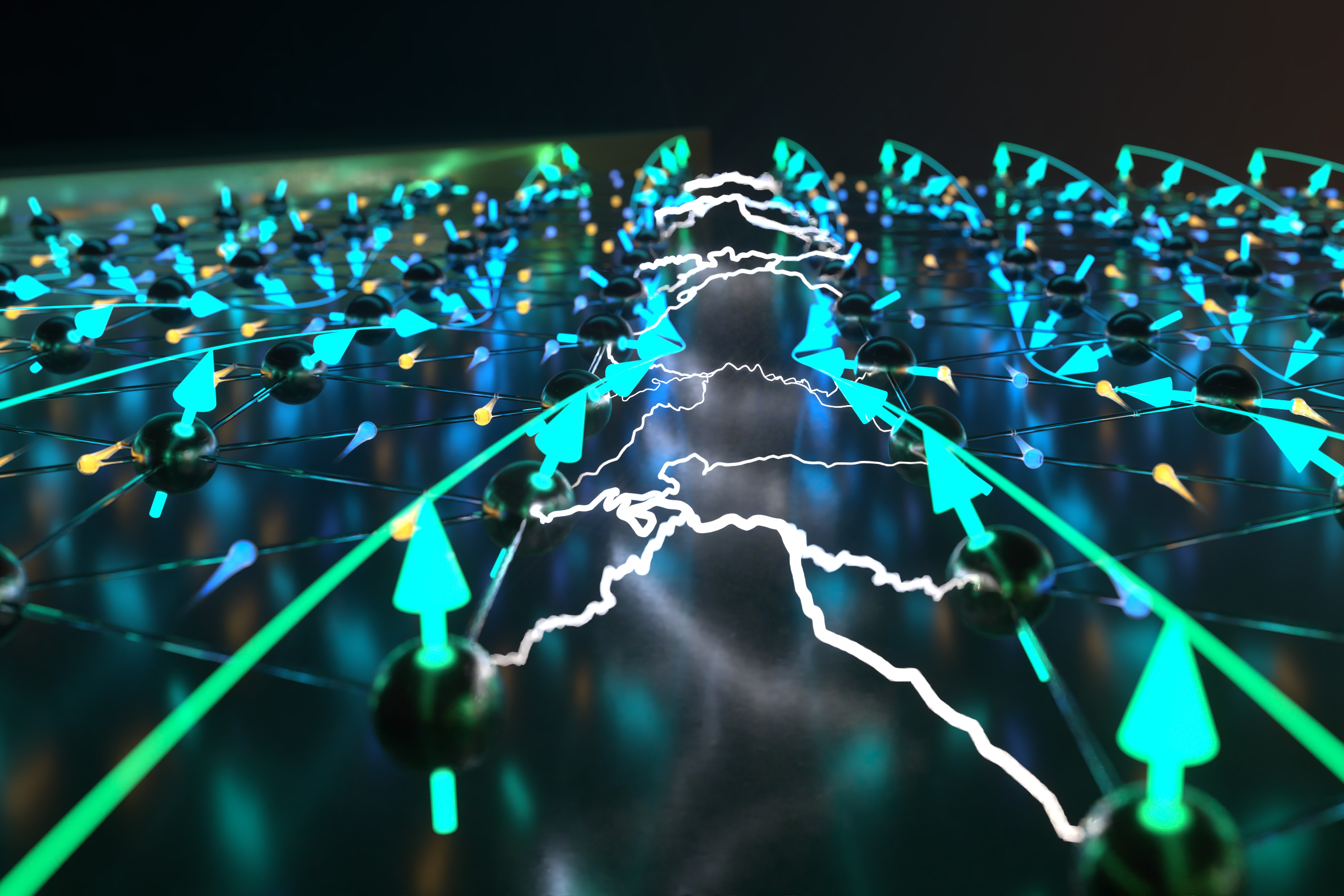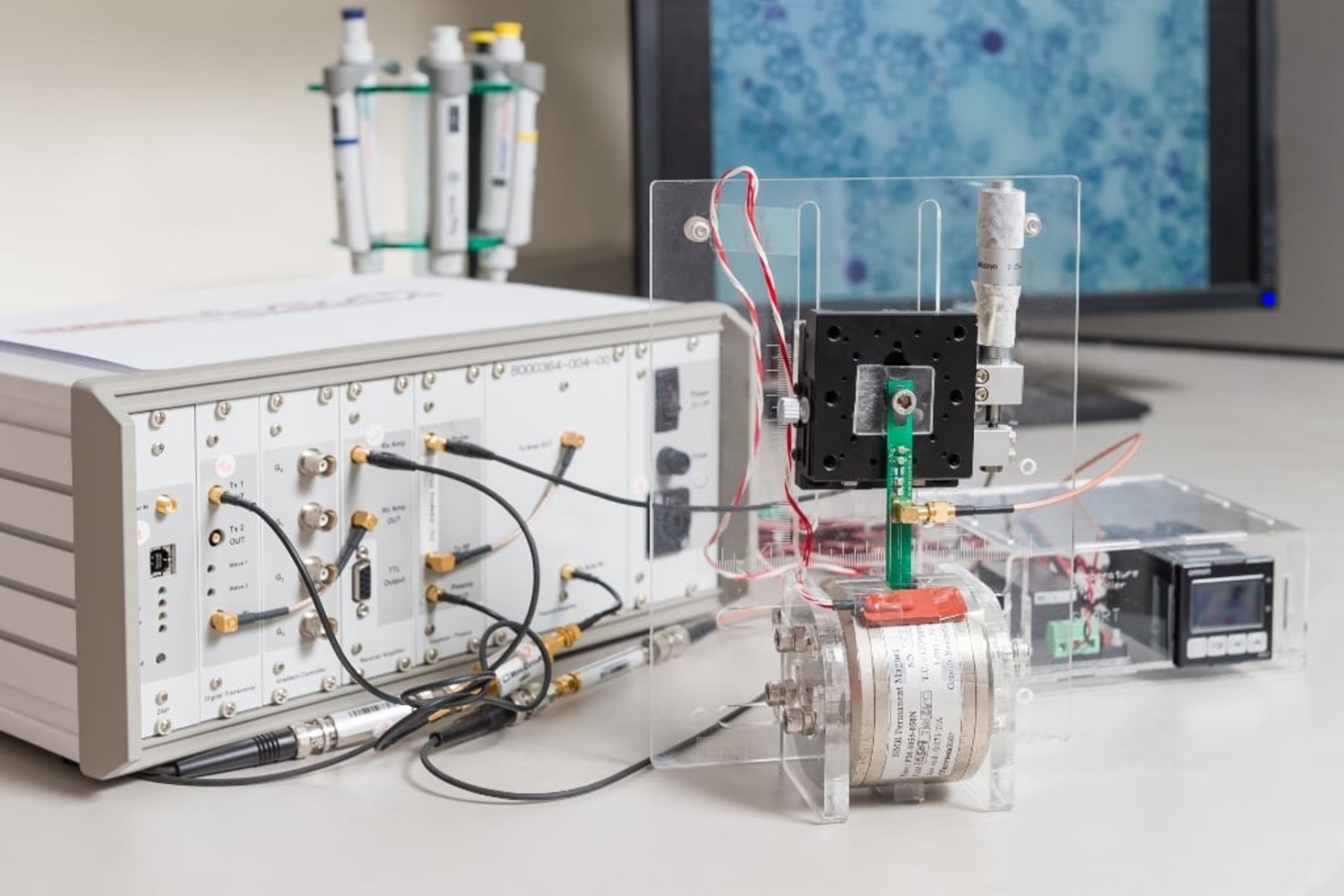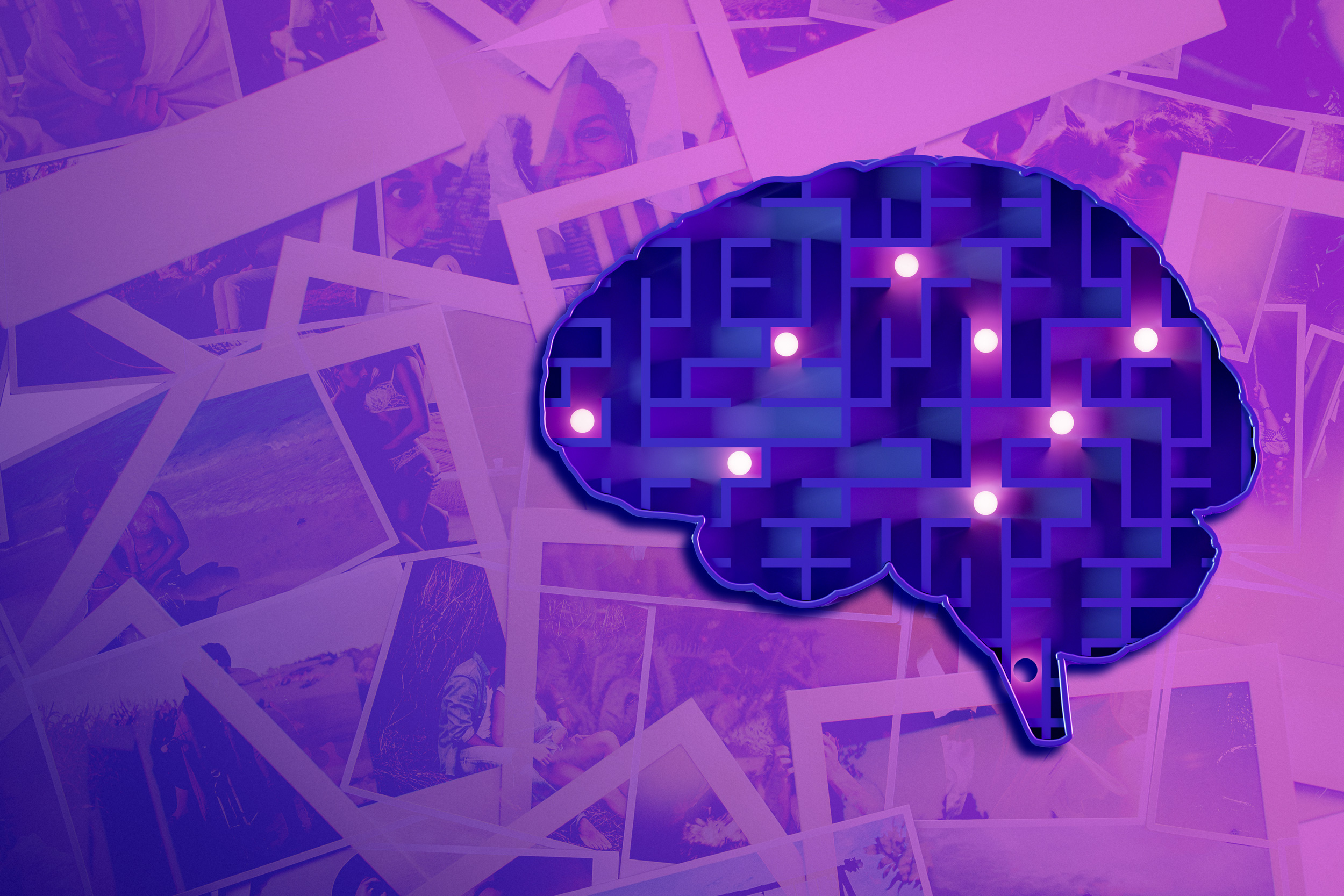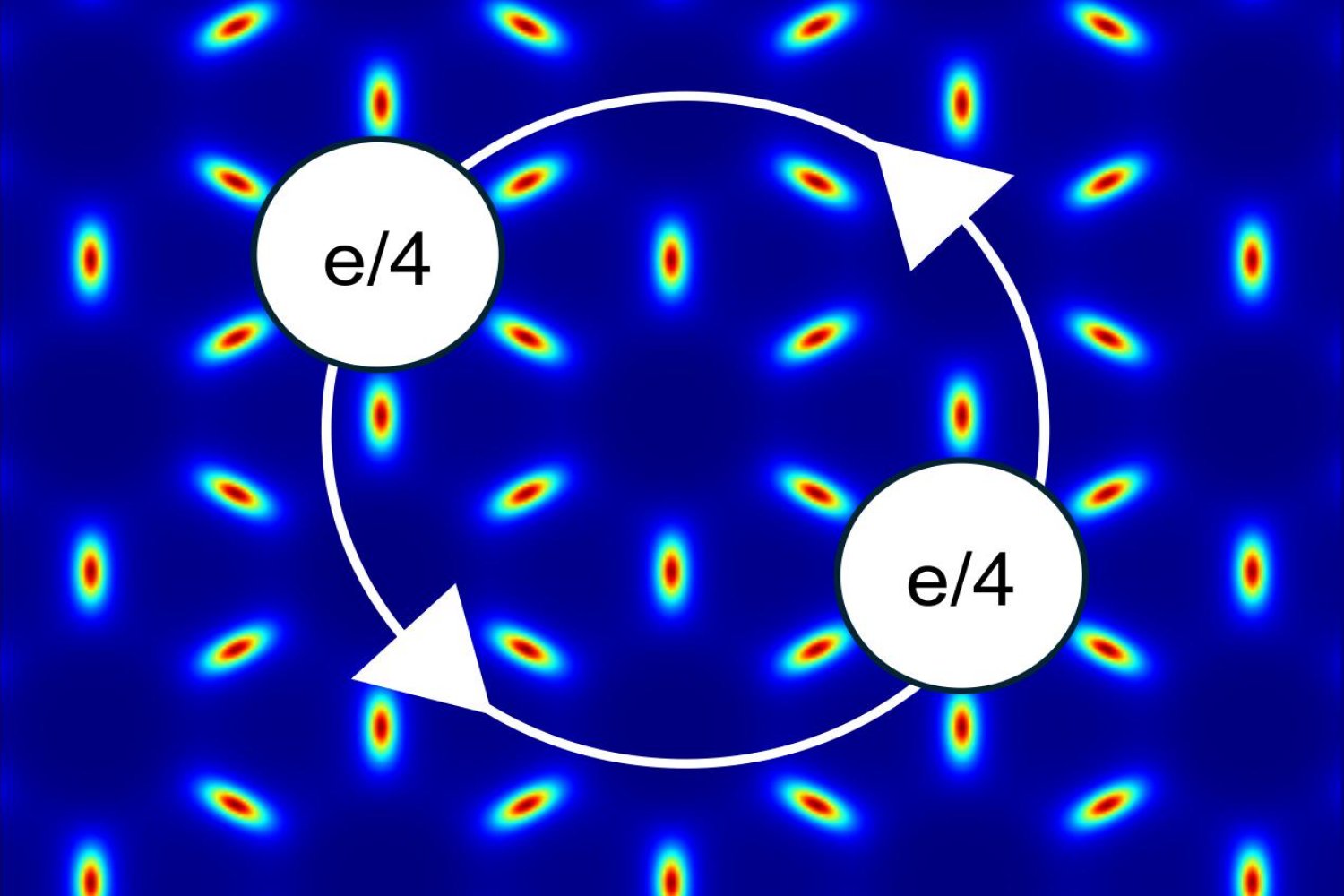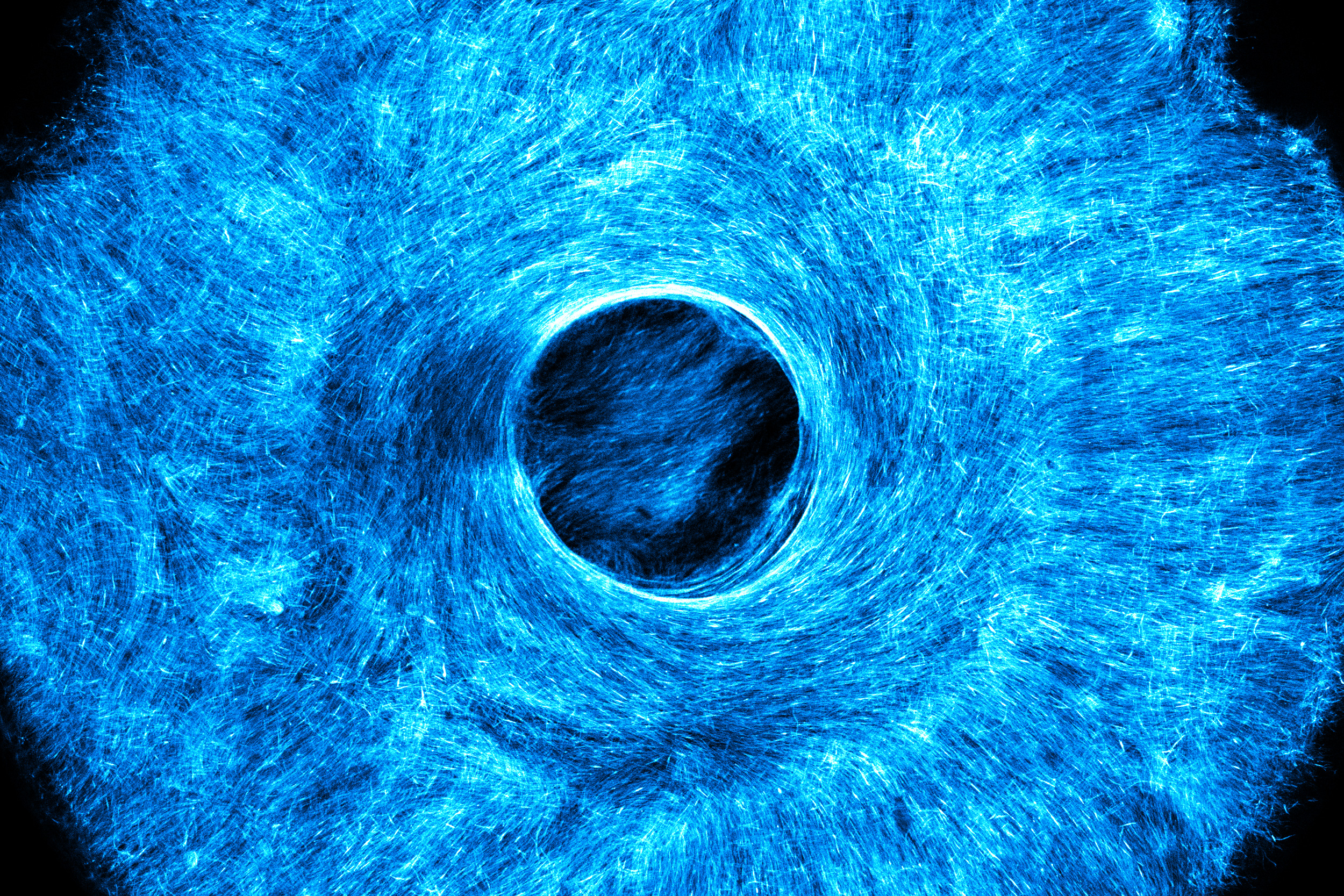Whether you’re an artist, advertising specialist, or just looking to spruce up your home, turning everyday objects into dynamic displays is a great way to make them more visually engaging. For example, you could turn a kids’ book into a handheld cartoon of sorts, making the reading experience more immersive and memorable for a child.
But now, thanks to MIT researchers, it’s also possible to make dynamic displays without using electronics, using barrier-grid animations (or scanimations), which use printed materials instead. This visual trick involves sliding a patterned sheet across an image to create the illusion of a moving image. The secret of barrier-grid animations lies in its name: An overlay called a barrier (or grid) often resembling a picket fence moves across, rotates around, or tilts toward an image to reveal frames in an animated sequence. That underlying picture is a combination of each still, sliced and interwoven to present a different snapshot depending on the overlay’s position.
While tools exist to help artists create barrier-grid animations, they’re typically used to create barrier patterns that have straight lines. Building off of previous work in creating images that appear to move, researchers at MIT’s Computer Science and Artificial Intelligence Laboratory (CSAIL) have developed a tool that allows users to explore more unconventional designs. From zigzags to circular patterns, the team’s “FabObscura” software turns unique concepts into printable scanimations, helping users add dynamic animations to things like pictures, toys, and decor.
MIT Department of Electrical Engineering and Computer Science (EECS) PhD student and CSAIL researcher Ticha Sethapakdi SM ’19, a lead author on a paper presenting FabObscura, says that the system is a one-size-fits-all tool for customizing barrier-grid animations. This versatility extends to unconventional, elaborate overlay designs, like pointed, angled lines to animate a picture you might put on your desk, or the swirling, hypnotic appearance of a radial pattern you could spin over an image placed on a coin or a Frisbee.
The FabObscura tool transforms everyday objects into animated displays.
Video: MIT CSAIL
“Our system can turn a seemingly static, abstract image into an attention-catching animation,” says Sethapakdi. “The tool lowers the barrier to entry to creating these barrier-grid animations, while helping users express a variety of designs that would’ve been very time-consuming to explore by hand.”
Behind these novel scanimations is a key finding: Barrier patterns can be expressed as any continuous mathematical function — not just straight lines. Users can type these equations into a text box within the FabObscura program, and then see how it graphs out the shape and movement of a barrier pattern. If you wanted a traditional horizontal pattern, you’d enter in a constant function, where the output is the same no matter the input, much like drawing a straight line across a graph. For a wavy design, you’d use a sine function, which is smooth and resembles a mountain range when plotted out. The system’s interface includes helpful examples of these equations to guide users toward their preferred pattern.
A simple interface for elaborate ideas
FabObscura works for all known types of barrier-grid animations, supporting a variety of user interactions. The system enables the creation of a display with an appearance that changes depending on your viewpoint. FabObscura also allows you to create displays that you can animate by sliding or rotating a barrier over an image.
To produce these designs, users can upload a folder of frames of an animation (perhaps a few stills of a horse running), or choose from a few preset sequences (like an eye blinking) and specify the angle your barrier will move. After previewing your design, you can fabricate the barrier and picture onto separate transparent sheets (or print the image on paper) using a standard 2D printer, such as an inkjet. Your image can then be placed and secured on flat, handheld items such as picture frames, phones, and books.
You can enter separate equations if you want two sequences on one surface, which the researchers call “nested animations.” Depending on how you move the barrier, you’ll see a different story being told. For example, CSAIL researchers created a car that rotates when you move its sheet vertically, but transforms into a spinning motorcycle when you slide the grid horizontally.
These customizations lead to unique household items, too. The researchers designed an interactive coaster that you can switch from displaying a “coffee” icon to symbols of a martini and a glass of water by pressing your fingers down on the edges of its surface. The team also spruced up a jar of sunflower seeds, producing a flower animation on the lid that blooms when twisted off.
Artists, including graphic designers and printmakers, could also use this tool to make dynamic pieces without needing to connect any wires. The tool saves them crucial time to explore creative, low-power designs, such as a clock with a mouse that runs along as it ticks. FabObscura could produce animated food packaging, or even reconfigurable signage for places like construction sites or stores that notify people when a particular area is closed or a machine isn’t working.
Keep it crisp
FabObscura’s barrier-grid creations do come with certain trade-offs. While nested animations are novel and more dynamic than a single-layer scanimation, their visual quality isn’t as strong. The researchers wrote design guidelines to address these challenges, recommending users upload fewer frames for nested animations to keep the interlaced image simple and stick to high-contrast images for a crisper presentation.
In the future, the researchers intend to expand what users can upload to FabObscura, like being able to drop in a video file that the program can then select the best frames from. This would lead to even more expressive barrier-grid animations.
FabObscura might also step into a new dimension: 3D. While the system is currently optimized for flat, handheld surfaces, CSAIL researchers are considering implementing their work into larger, more complex objects, possibly using 3D printers to fabricate even more elaborate illusions.
Sethapakdi wrote the paper with several CSAIL affiliates: Zhejiang University PhD student and visiting researcher Mingming Li; MIT EECS PhD student Maxine Perroni-Scharf; MIT postdoc Jiaji Li; MIT associate professors Arvind Satyanarayan and Justin Solomon; and senior author and MIT Associate Professor Stefanie Mueller, leader of the Human-Computer Interaction (HCI) Engineering Group at CSAIL. Their work will be presented at the ACM Symposium on User Interface Software and Technology (UIST) this month.









